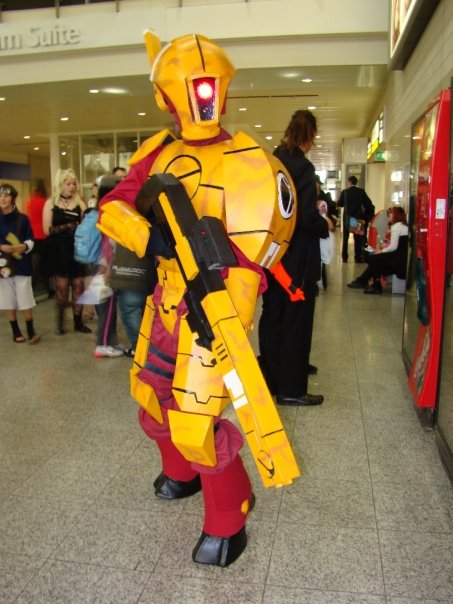Table of Content
- h and 8th Grade Pre-Algebra Lessons: PreAlgebraCoach.com
- fun maths dice games to play at home
- Take a hands-on approach
- Trick Questions (With Answers!) That Will Completely Bend Your Mind
- Math Lessons for All Levels
- h, 5th, and 6th Grade Math Lessons: MathTeacherCoach
- best indoor maths games your kids can play at home
Use these trick questions to entertain friends, break the ice, and flex those cognitive skills. There are books at every grade level that can engage students in thinking about math. The more you can introduce math in a setting he loves—outdoors—the more likely he’ll take to practicing and understanding these concepts. You can also draw boxes of tens and ones, a number line, or various shapes—anything to record a math concept on paper. That way, the “abstract” part of the method—doing the math problem with only numbers—can come much easier to him.

If the number was 50, they could give the clues ‘It’s an even number’. ‘it’s divisible by 2, 5, 10 and 25’, ‘it’s equal to two quarters’. Players have to ask questions that have a yes or no answer in order to identify the number. Please note, this game can be played by drawing dots on a page, but it is easier to download square dot paper and print it out. The first player rolls a pair of dice and works out the total of the two dice. Each person then hop, skips and counts at the same time, which is a really good way of helping those multiplication tables stick.
h and 8th Grade Pre-Algebra Lessons: PreAlgebraCoach.com
Each player draws out a grid with A – J along the bottom and 1 – 10 up the side. Using a deck of cards 2-10, Ace and picture cards, with 2-10 being worth their digit, Aces being worth 1 and picture cards being worth 0. Each player draws a place value grid, with an agreed number of places. The first player then rolls 2 dice and multiplies the two numbers together. If they have the product of the two numbers written on their tower, they can then cover it with a counter. Each player chooses 10 number from the products table .
Since you’re not using paper and pencils, this game is a great way to get your children to start doing mental calculations, which are said toboost brainpower. Make sure to include both positive and negative numbers since the aim of the activity is to practice the addition and subtraction of integers. This game will help your child learn units of measurement and estimation. All you need is some yardstick, pencils, and sheets of paper. Give these to your children and explain that they’re going on a scavenger hunt in the house. If a player has the answer to the equation in one of the number squares on their bingo card, they put a coin on this number.
fun maths dice games to play at home
Early elementary teachers have a chance to instill in their students a love of math right from the start. These first grade math games cover all the standard skills firsties need to know, in ways that make learning engaging and enjoyable for all. Looking for ways to make math fun for young learners?
They’ll practice counting on, numbers to 100, skip counting, and more. Kids love stacking things, so they’ll get a kick out of kindergarten math games that make use of stackable cups. This one has them doing it with 100 cups while they count! Turn it into a competition by putting them in teams and timing them to see who can finish the task the fastest.
Take a hands-on approach
You can put all shouts of “Are we there yettttt…..” to bed with these four simple and fun maths games your children can play in the car. This is another simple KS2 maths game that is loved by children in classrooms across the country! It’s also a good way to get in practice of 2d shapes and 3d shapes, which as parents we can sometimes avoid.
I’ve enjoyed playing them with a variety of preschool students, as well as my son. After having drawn the rectangle on their graph paper, they write the area in the middle of the rectangle. The other player then repeats this process and draws their rectangle based on the dice rolls. Make sure to include two-digit or even three-digit numbers to make it more challenging.
I currently unschool/homeschool 4 boys and we are always looking for fun ways to learn and spend time together. I agree that learning with games is a lot more fun and I find that my kids are a lot more engaged and excited to learn this way. Books don’t really work for us and each time I try to incorporate them I completely lose them. So I continue to find fun and creative ways of learning for them and myself.

Preschool Teacher 101 has a ton of fully developed early learning resources. If you’re a preschool teacher, be sure to check out our membership options. Click on the images below for more information about each resource. Printable math games should have a place in your class as they provide practice that doesn't feel like a chore.
The grocery store is filled with math scenarios, so why not create your own? This homemade math game requires numbers written on a piece of paper and then placed into a muffin tin. Then you take turns filling in the tin with objects based on the corresponding numbers. You can use puff balls, cotton balls, or whatever else you have lying around.
These basic and advanced Math Scratch games can even go on for a long time, as the more Math topics you learn, the more questions you can add to your Math game. He is genuinely obsessed with wheeling around all three hundred of those suckers that sneak their way into my bed, hamper, shoes — you name it. Also, like I mentioned before, he adores boxes, so one of his favorite math games involves both.
But we don’t spend as much time teaching them math as parents do in eastern cultures. We’re almost opposite in that way—parents in eastern cultures talk about math daily just as much as we promote early literacy. Another of our easy maths activities to do at home which is a favourite in our household. Word problems are a great way to connect student interests with your lesson plans.
Each player picks a card with a measurement and fills his measuring cup from the bucket of water. Lastly, put all the sticks on the floor and take turns matching them. This easy-to-do game entertains even better than toilet paper.
best indoor maths games your kids can play at home
As a mom, I want to make sure my kids do well in school but also enjoy the learning process and develop a love of learning. Ask your child to gather a number of favourite teddy bears. You can set a number you would like them to bring if you think they have a lot of favourites! Let them make mistakes but don’t interrupt their counting until they are finished.
Remember to keep talking about the sizes of the sticks and comparing them. This activity focuses on the idea of size, which is an area of learning covered by mathematics. The aim of the activity is to match a number of Duplo blocks with a number on a piece of card. These activities are aimed at preschool age children but as mentioned, you can extend them for older children. Whether it’s statistics in social studies or angles in art, there are endless ways to connect topics and inspire students to learn more. Outline expectations and what students need to show up to class with, whether that’s a sharp pencil and paper, or just a sharp mind.

No comments:
Post a Comment